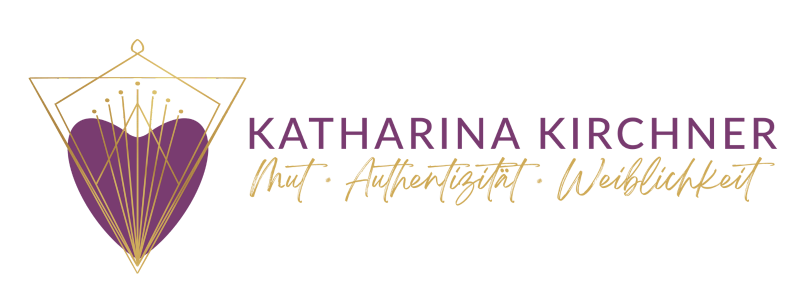Yoga psychology, yoga counseling, psychological yoga therapy… Whatever we want to call it, these two disciplines are becoming closer friends.
As a psychotherapist and yoga practitioner/teacher, I am delighted by this approach. In a world where everything is moving closer together and even flu viruses no longer respect national borders, it is only natural that we continue to develop (as we always have), create synergies and learn from each other.
There are countless ways to shed light on the sisterhood of yoga and psychology. Here is a start:
For a long time, psychotherapy replaced the priest. Religion or spirituality were either dismissed as dusty and uneconomical or as esoteric mumbo-jumbo.
Psychology (after being removed from philosophy and assigned to the sciences) came at the right time. Suffering, which is part of human life, can be told. It has long been scientifically proven (e.g. Grawe, 1994) that the therapist’s benevolent listening alone, or more precisely the relationship between the two people, contributes significantly to the success of the therapy. It is a basic human need to enter into a relationship, to belong, because after all, thousands of years ago it was quite threatening to encounter a sabre-toothed tiger alone.
This is where yoga comes into play.
Yoga comes from the word “yug”. It can be translated as “to join together”, “one”. In psychotherapy, the external relationship (between therapist and client) serves, among other things, to nourish the internal relationship. In yoga, we aim very directly at our relationship with ourselves. And: we are not afraid to address the component of the divine/higher self/whatever-you-call-it. Ideally, to make the relationship tangible. So in yoga there is not only the relationship to the outside and the inside, but also to something third (whether this is inside or outside is a matter of opinion).
Yoga offers us a millennia-old way of keeping the body healthy and learning to trust it. Yoga also helps to perceive, accept and, if necessary, transform sensations and emotions in the body.
Meditation (which is also part of yoga) teaches us to stay in the here and now and to observe ourselves. Sooner or later we realize that all emotions and thoughts come and go. An experience that can give someone suffering from anxiety a real “aha” moment.
The insight from psychosomatics that the nervous system plays a central role in processing our feelings is relevant in both yoga and psychology. Here too, studies (e.g. Streeter et al., 2012) have shown that yoga is highly effective at activating the parasympathetic nervous system. It is the part of the nervous system that helps us to calm down, relax and digest. The technique from yoga, the proof from psychosomatics.
Thanks to psychotherapy (research), we have a better understanding and additional methods to understand what happens, for example, when we simply cannot relax. At the end of the yoga class we lie in Shavasana and the teacher says: “Just let go!”. And we have no idea how this is supposed to work… maybe we think there’s something wrong with us and we just tense up even more. The psychologist knows that you may have suffered a trauma and can’t feel safe enough to relax in a room with twenty other people. You can observe as much as you like…
What’s next?
What exactly happens in such situations and how psychological yoga therapy techniques can help next time…


